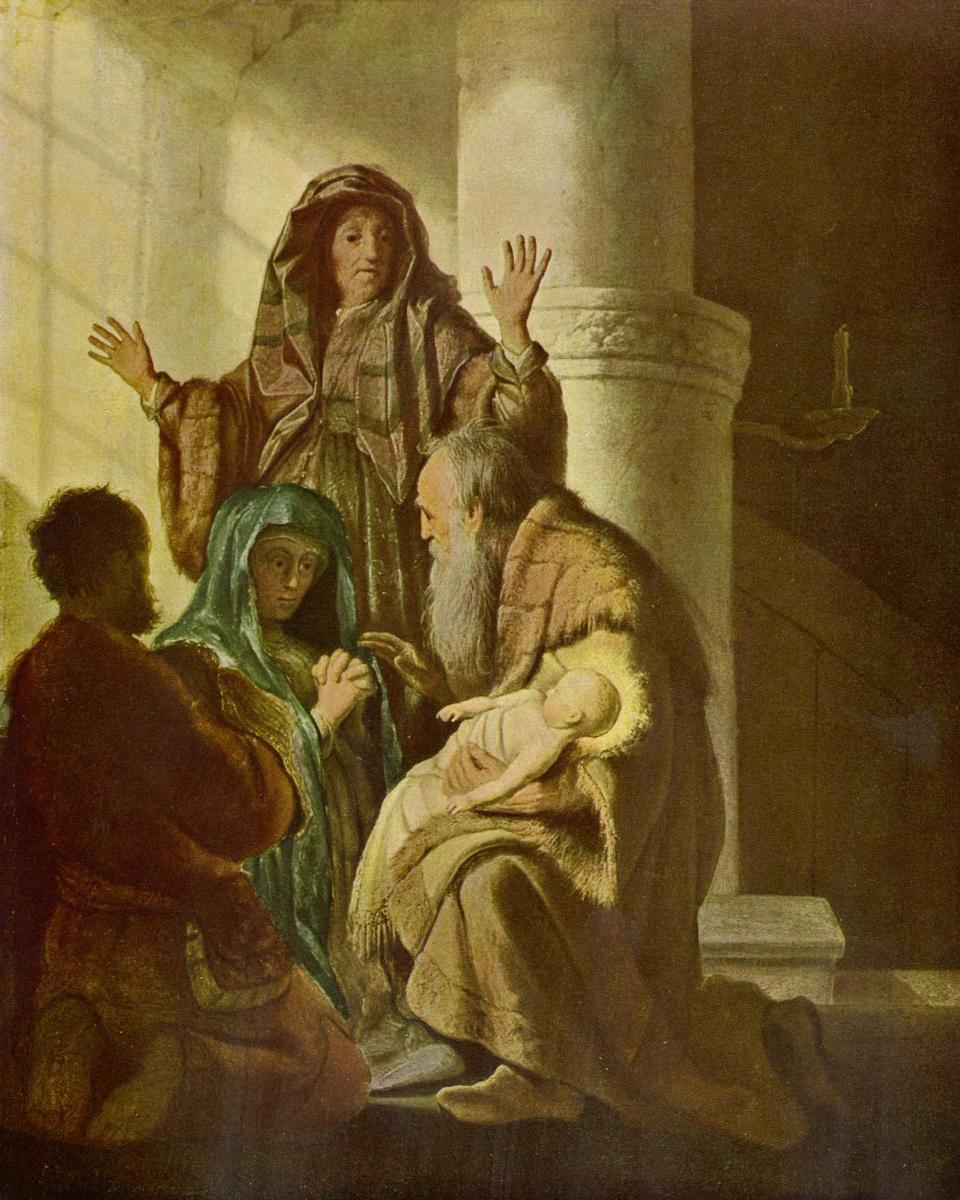December 29: Alone With God
♫ Music:
And there was a prophetess, Anna the daughter of Phanuel, of the tribe of Asher. She was advanced in years and had lived with her husband seven years after her marriage, and then as a widow to the age of eighty-four. She never left the temple, serving night and day with fastings and prayers. At that very moment she came up and began giving thanks to God, and continued to speak of Him to all those who were looking for the redemption of Jerusalem.
Luke 2:35-40
ALONE WITH GOD
Some of you have successfully navigated Christmas festivities without “letting on” to your family and friends just how difficult this season is for you. You might have even practiced what you would say and when to smile as to not be a burden during this joyous time. For many of us this season is a reminder of loved ones departed and can play to our feelings of solitude. Perhaps, you might even struggle with feeling that you are no longer useful to your family or friends. Sadly, these emotions have the potential to serve as a distraction to our experiencing the joy in remembering Christ’s birth.
As we reflect on this passage there are a few things we can ponder about Anna. First, we are told that she is advanced in years. Simply said, she is old. Secondly, she has been alone for the majority of her life. We learn that she has only spent 7 years married. Finally, she is a woman. The combination of these facts about Anna could easily translate into her life being lonely, burdensome, and unimportant.
As we gaze on Rembrandt’s painting we do not find her lost in grief, instead, we see her in a position of thanksgiving and worship. What moved her towards thanksgiving? After all, she had spent her time in the Temple serving God, fasting and praying. What changed? We read that in a “moment” she came face to face with all the blessings of love that God has bestowed upon us through the birth of His Son. As she encounters Jesus she cannot help but be overwhelmed by the hope that was about to be fulfilled and actively shared it with those around her. As we listen to Sanctus, let us take this time to position our hearts in thanksgiving and remember that we are never too old, too single, too burdensome, too poor, or too unimportant to experience God’s love through the gift of His Son. Let us share God’s message of hope to those around us.
LaDawn Johnson, Assistant Professor of Sociology
DEAR GOD, no longer will I pray, “What shall I do for a happy Christmas?” I pray only, “How can I come close enough to your fire to let it change me, to enable me to bring hope to all those who walk with me on the journey of life?” Savior, come, take your place in this poor habitation I call my being, that all who watch and long to see hope dawn in darkness will see you dance in me. Amen
Hilary McDowell
Simeon and Anna, 1627
Rembrandt
Kunsthalle, Hamburg, Germany
About the Artist and Art
Dutch painter, Rembrandt Harmenszoon van Rijn (1606-1669), is considered one of the top artists of all time. His contributions to art came in a period of great wealth and cultural achievement known as the Dutch Golden Age. Rembrandt's greatest creative triumphs are exemplified in the numerous scenes he painted from the Bible. Here he depicts both Simeon and Anna as they meet and interact with the Holy Family. While Simeon speaks a prophetic word to Mary, Anna is overcome with awe and amazement. Because of his empathy for the human condition, Rembrandt has been referred to as "one of the great prophets of civilization."
About the Performers
The Concordia Choir, under the direction of Dr. René Clausen, is widely considered one of the world’s premier undergraduate vocal ensembles. The 72-voice choir is a leader in interpreting and advancing the Lutheran choral tradition. The choir’s long and distinguished history dates back to its beginning in 1920. The group has performed in nearly every major concert hall in the United States including Carnegie Hall and the Kennedy Center.
Website: http://www.concordiacollege.edu/music/ensembles/choirs/
About the Composer and Music
In 1947 French organist and composer Maurice Duruflé completed his most famous work: the Requiem op. 9, for soloists, choir, organ, and orchestra. He had begun composing the work in 1941, following a commission from the Vichy regime. The work is set in 9 movements. This Sanctus seems to reflect the wonderful joy of the Prophetess Anna and all the company of believers who have proclaimed, “Blessed is He who cometh in the name of the Lord.”
Sanctus Lyrics
Sanctus, sanctus, sanctus
Dominus deus sabaoth.
Pleni sunt coeli
et terra gloria tua.
Hosanna in excelsis.
Benedictus qui venit
in nomine Domini.
Hosanna in excelsis.
